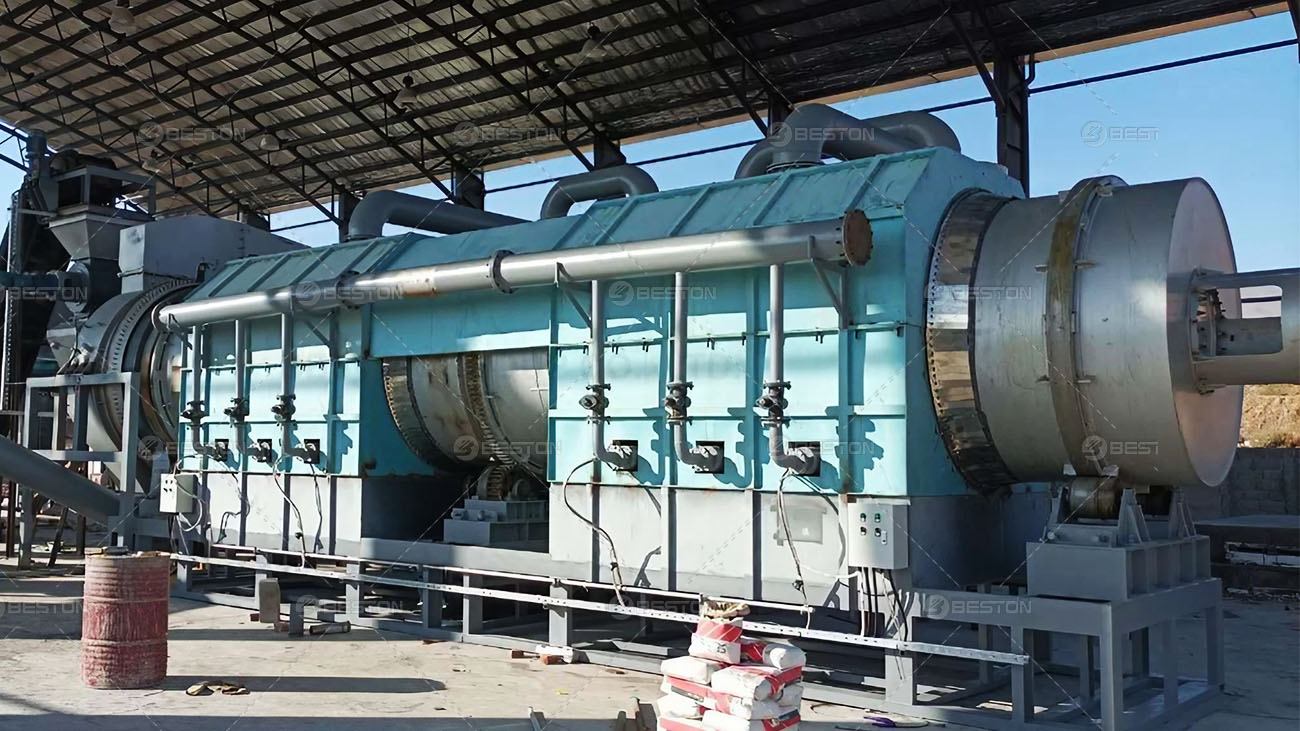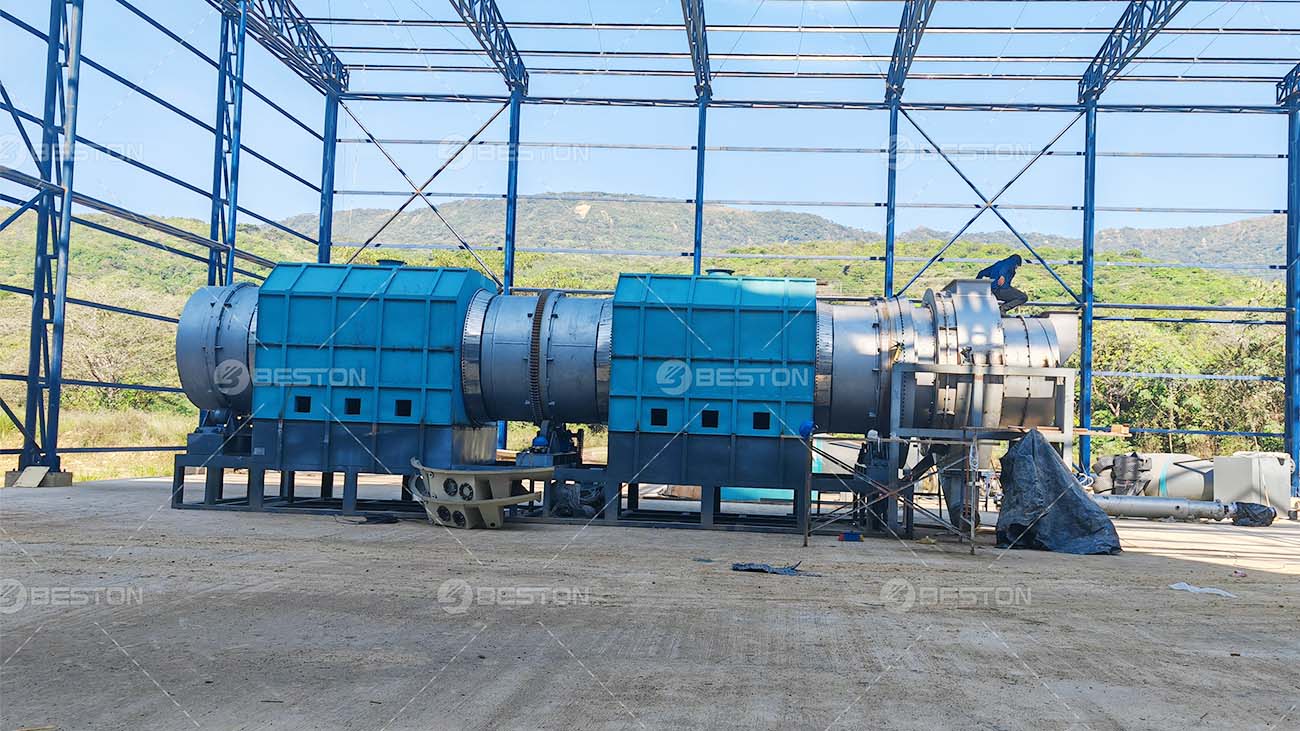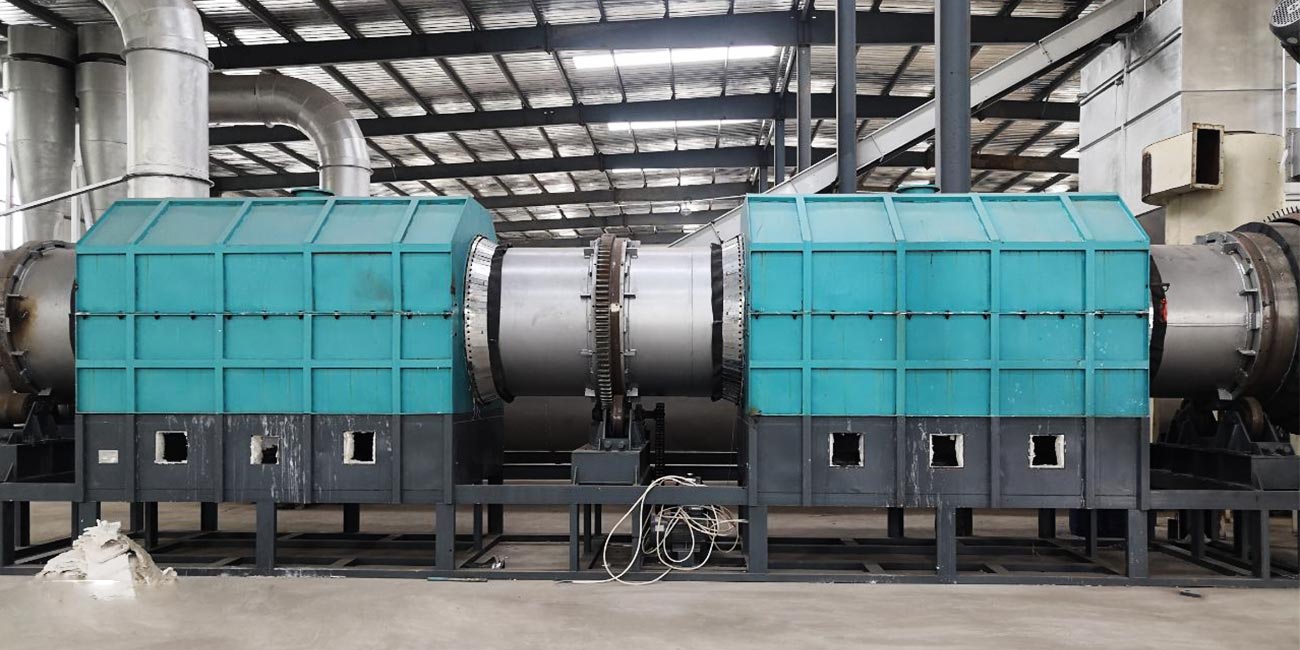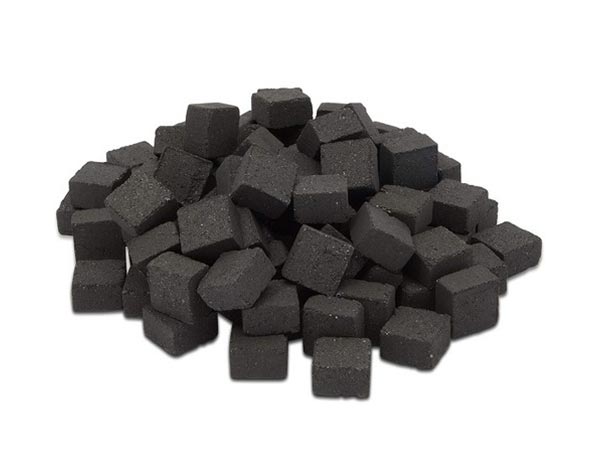In recent years, the demand for sustainable and eco-friendly alternatives to traditional fuel sources has been steadily increasing across various industries. One such alternative that has gained significant attention is coconut shell charcoal. With its renewable nature and low environmental impact, coconut shell charcoal has emerged as a viable solution for fuel and activated carbon production. This growing demand has led to an increased interest in investing in coconut shell charcoal making machine, particularly in Southeast Asia, where coconut production is abundant.

Understanding the Market Dynamics
Coconut Shell Charcoal: A Lucrative Opportunity
Coconut shell charcoal is derived from the outer shell of coconuts, a byproduct of the coconut industry. With its high carbon content and low ash content, coconut shell charcoal is prized for its efficiency and purity, making it ideal for various applications, including metallurgy, water purification, and fuel production.
Rising Demand and Environmental Concerns
The escalating global demand for renewable energy sources and the growing awareness of environmental issues have propelled the market for coconut shell charcoal. As consumers increasingly prioritize sustainable products, there is a significant opportunity for investors to capitalize on this trend by investing in coconut shell charcoal making machines.
Southeast Asia: A Hub for Coconut Production
Southeast Asia boasts abundant coconut resources, with countries like Indonesia, the Philippines, and Thailand leading the production charts. The region’s favorable climate and fertile soil provide optimal conditions for coconut cultivation, ensuring a steady supply of raw materials for charcoal production.
Investment Potential of Coconut Shell Charcoal Making Machines
Investing in coconut shell charcoal production machine presents a compelling opportunity for investors seeking long-term returns in the renewable energy sector. Here’s why:
Technological Advancements
Modern coconut shell charcoal making machines leverage advanced technologies to maximize efficiency and output. These machines utilize pyrolysis, a process that converts coconut shells into charcoal through high-temperature heating in the absence of oxygen. With automated controls and precise temperature regulation, these machines ensure consistent quality and high productivity.
Diverse Applications
Coconut shell charcoal has a wide range of applications across industries, including:
- Fuel Production: Coconut shell charcoal serves as an eco-friendly alternative to traditional fuels like coal and wood. Its high calorific value and low emission profile make it suitable for use in industrial boilers, furnaces, and kilns.
- Activated Carbon: The porous structure of coconut shell charcoal makes it an excellent material for producing activated carbon, which is used in water and air purification, gas adsorption, and medical applications.
- Metallurgy: In the metallurgical industry, coconut shell charcoal is utilized as a reducing agent in the production of iron and steel, contributing to cost savings and environmental sustainability.
Growing Market Demand
The increasing adoption of coconut shell charcoal as a sustainable fuel source and raw material for various industries has driven market demand. With governments worldwide implementing stricter environmental regulations and consumers demanding greener alternatives, the market for coconut shell charcoal is poised for significant growth.
Favorable Economic Landscape
Southeast Asia offers a favorable economic landscape for investment in coconut shell charcoal making machines. Factors such as abundant raw material supply, low labor costs, and supportive government policies make the region an attractive destination for investors looking to enter the renewable energy market.
Key Considerations for Investors
While the investment prospects of coconut shell carbonization machine are promising, investors should carefully evaluate various factors before committing capital:
Market Analysis
Conducting a thorough market analysis is essential to assess the demand-supply dynamics, competitive landscape, and regulatory environment. Understanding market trends and consumer preferences will help investors make informed decisions and identify growth opportunities.
Technology Selection
Investors should carefully evaluate different coconut shell charcoal making machine models and technologies available in the market. Factors such as production capacity, energy efficiency, and operational costs should be considered to select the most suitable equipment for their investment.
Operational Efficiency
Ensuring operational efficiency is crucial for maximizing returns on investment. Investors should focus on optimizing production processes, minimizing waste, and implementing quality control measures to maintain product consistency and meet market demand.
Environmental Compliance
Investing in environmentally sustainable practices is paramount in the renewable energy sector. Investors should prioritize technologies and processes that minimize environmental impact, adhere to regulatory standards, and promote sustainability throughout the production lifecycle. For more coconut shell recycling solutions, please consult Beston.

Conclusion
The investment prospects of coconut shell charcoal making machines in Southeast Asia are promising, driven by the growing demand for sustainable fuel sources and renewable energy solutions. With technological advancements, diverse applications, and a favorable economic landscape, investing in coconut shell charcoal production offers lucrative opportunities for investors seeking to capitalize on the green energy revolution. By carefully evaluating market dynamics, selecting the right technology, and prioritizing operational efficiency and environmental sustainability, investors can position themselves for long-term success in this burgeoning industry.

